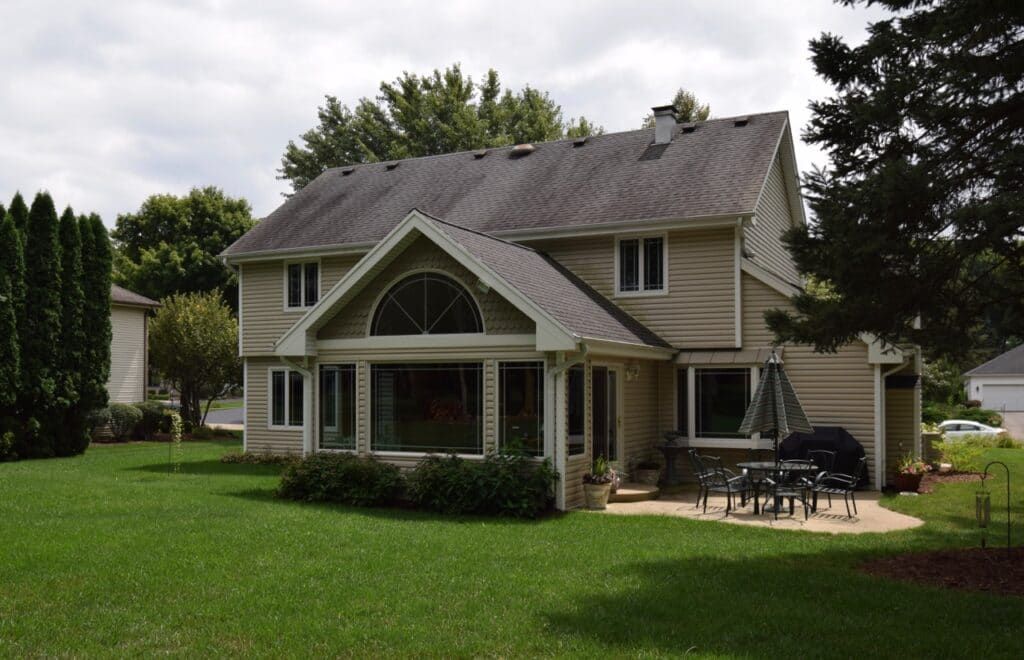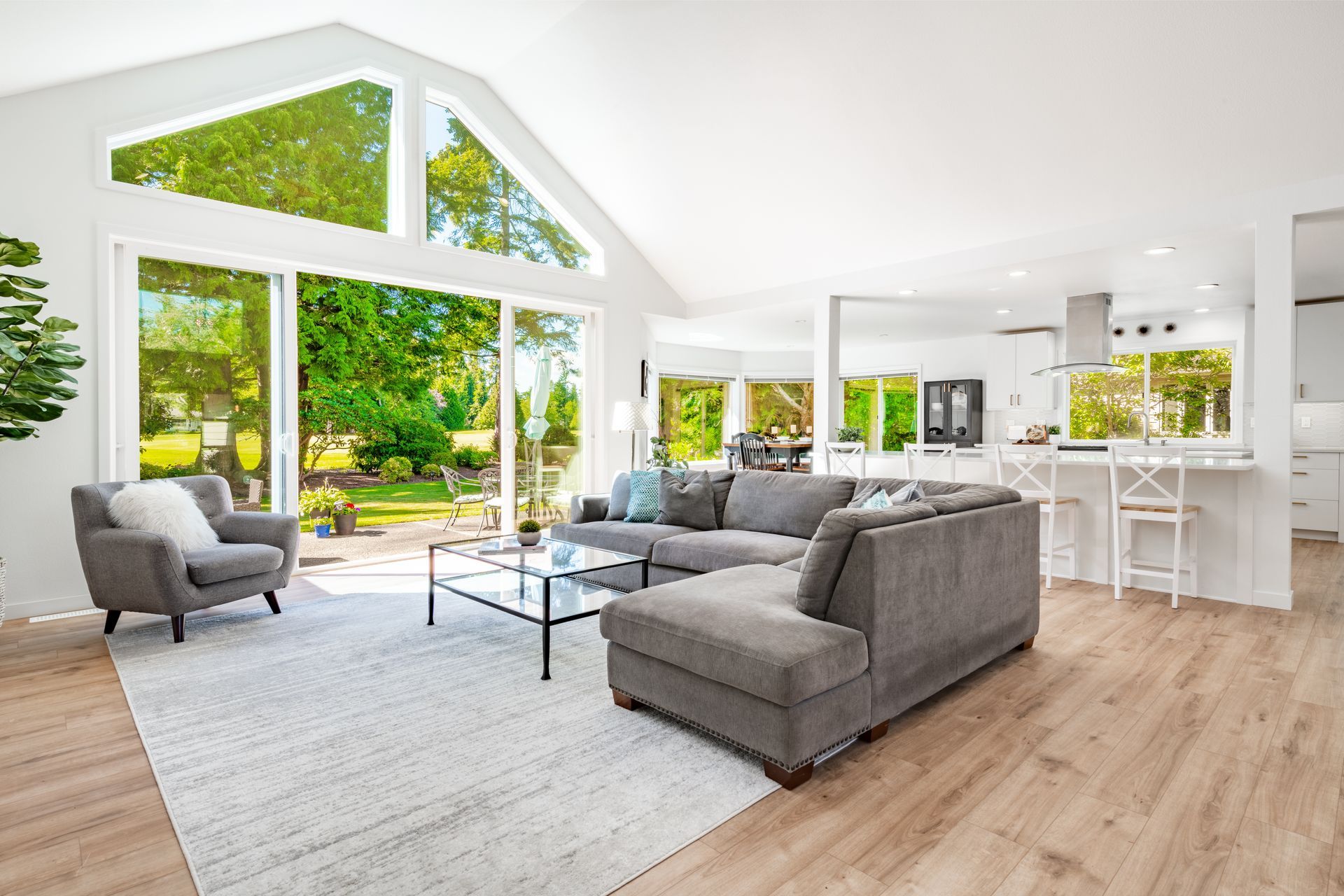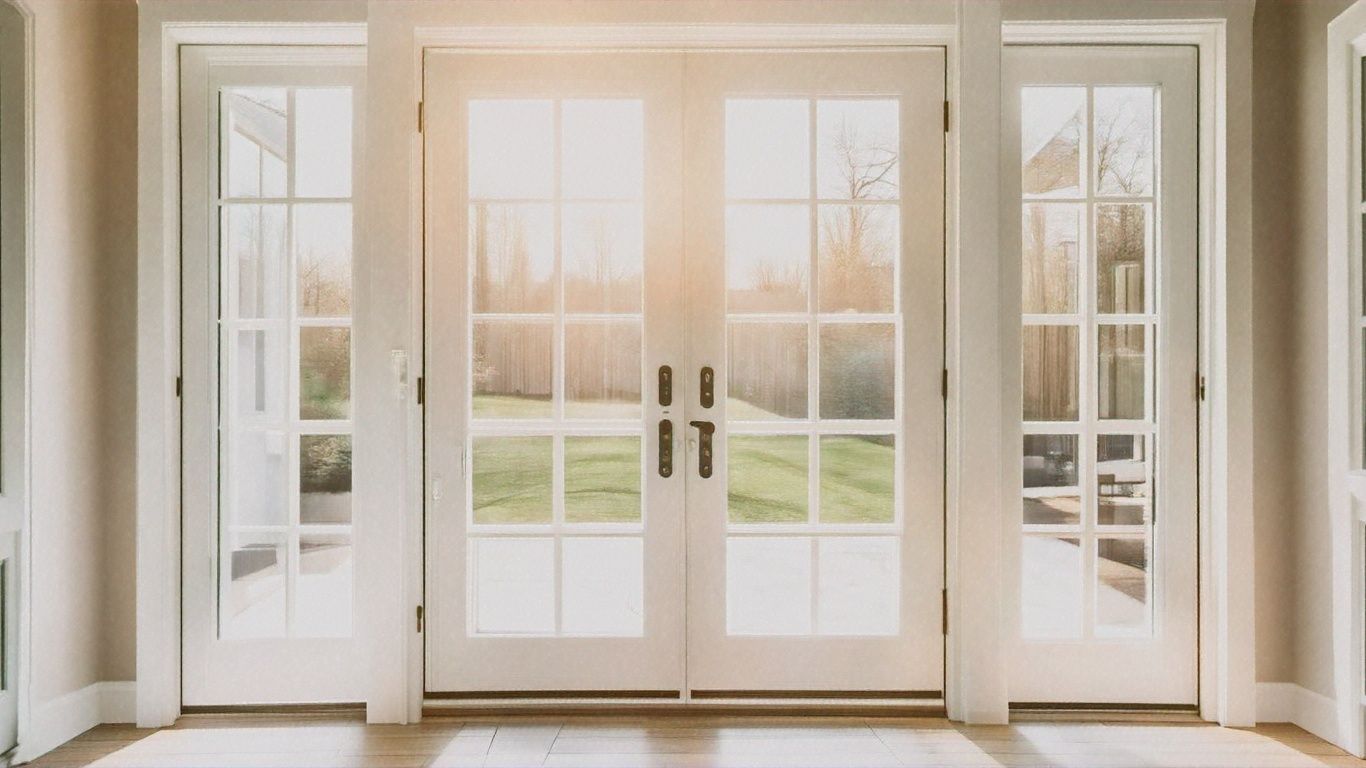How to Choose a Replacement Window for Your Chicago Home
Share Content:

A home without beautiful windows will be lifeless and dull. Your home needs a window for light, fresh air, insulation, and more. But it’s vitally important to have the best window installed in your house. About 20 to 25% of a home’s heating and cooling use attributed to doors and windows, according to the U.S. Department of Energy . Thus, you need to be very careful when choosing replacement windows. There are many aspects to be kept in mind. To get the most out of your replacement windows for your home, you need to know certain key things, and here are some of them.
Materials
Replacement windows come in wood, clad wood, aluminum, vinyl, and fiberglass . Each has its own features and performs differently. Vinyl, also known as polyvinyl chloride plastic, is one of the most popular materials for replacement windows. The material is less expensive which makes it more attractive, but the minimal choice of colors makes it less versatile. Aluminum is strong and less heavy, but not very efficient. Wood windows remain the top choice for replacement. Wood is naturally beautiful and can be painted into different colors to match many home styles. However, unlike vinyl, wood require lots of maintenance.
Low-E Glass
Low-E Glass (low-remittance) coatings are thin, nearly invisible, metallic oxide films placed on a glazing surface in order to minimize the U-factor by preventing heat transfer or heat flow. Coating the glass surface of a window with a Low-E Glass material and depositing coatings between the glass layers suppress heat flow through the window. Choosing Low-E Glass will help to keep your home cooler in the summer and warmer in the winter.
Gas Fills
Between the panes of double or triple paned replacement windows, an inert gas such as Krypton or Argon is placed in to improve its thermal performance. Krypton or Argon is used because the two are denser than normal air. They are harmless, have higher resistances to heat transfer than typical air, thus they are good for lowering the window’s U-Factor.
Single, Double and Triple Paned Windows
Most replacement windows come in three styles: single, double, or triple pane glass windows. A single pane window is typically less expensive, but it offers little or no insulation. Double and triple pane replacement windows have layers of glass between the panes to minimize heat loss through the window.
Other Factors
Other aspects may include cost, maintenance required, solar heat gain coefficient, and air leakage. The cost of a replacement window will depend on the design, material, and size of the window.
Connect with Us:



